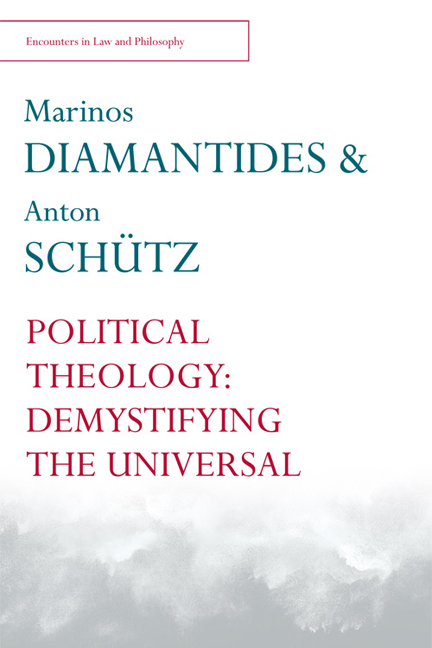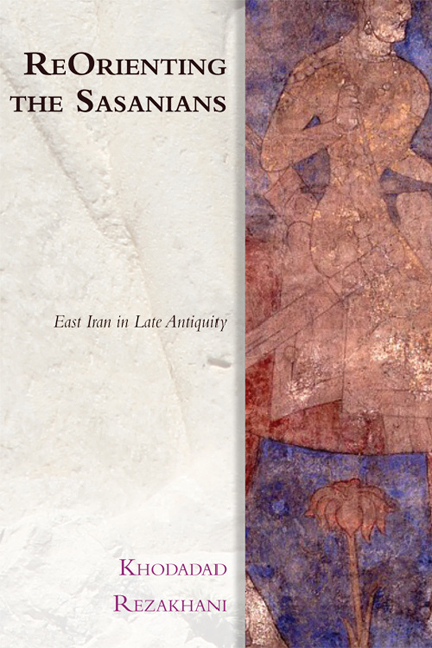2 results in Edinburgh Studies in Ancient Persia

Sasanian Persia
- Between Rome and the Steppes of Eurasia
-
- Published by:
- Edinburgh University Press
- Published online:
- 22 December 2017
- Print publication:
- 05 June 2017

ReOrienting the Sasanians
- East Iran in Late Antiquity
-
- Published by:
- Edinburgh University Press
- Published online:
- 07 December 2017
- Print publication:
- 31 March 2017

